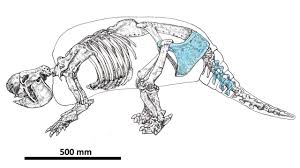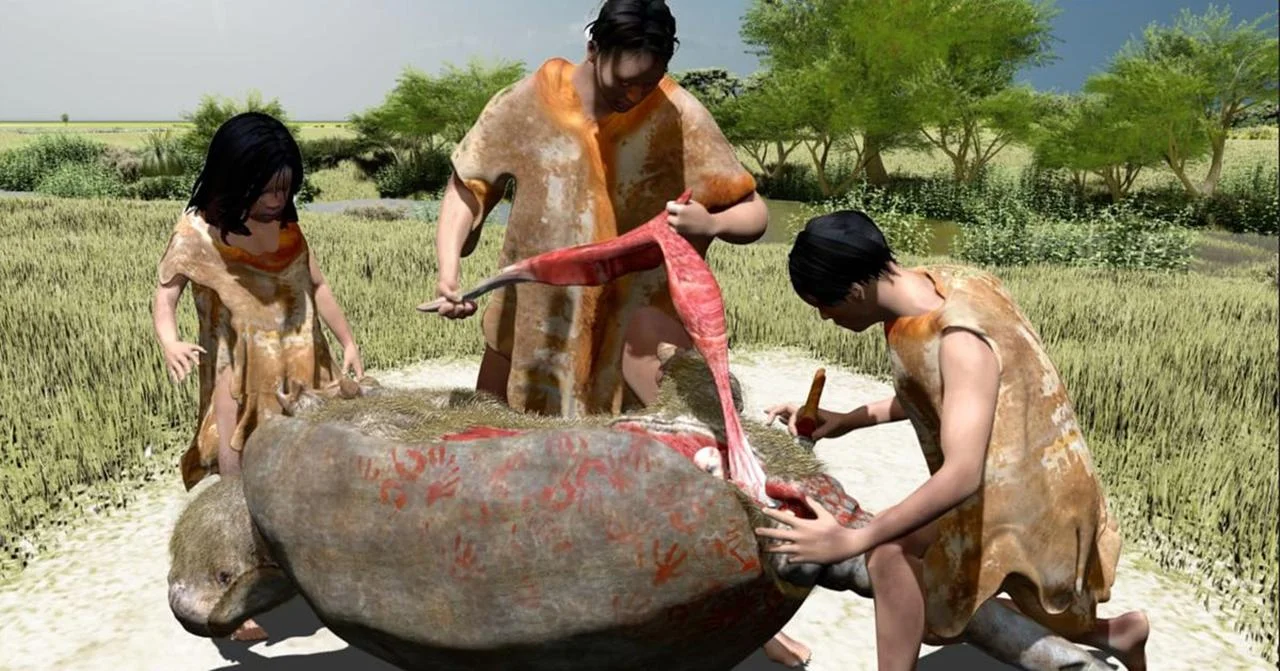Echoes from the Ice Age: Giant Armadillo Fossil Reveals Early Human Presence in Argentina
A groundbreaking discovery in Argentina has sent ripples through the archaeological world: a giant armadillo fossil bearing unequivocal evidence of early human presence, pushing back the timeline for human habitation in southern South America by thousands of years. The fossilized remains, identified as belonging to a Neosclerocalyptus (an extinct giant relative of modern armadillos), were unearthed near the Reconquista River on the outskirts of Buenos Aires. Radiocarbon dating of a pelvic bone fragment places the age of these remains at approximately 21,000 years old, consistently aligning with the geological age of the surrounding sediment.

The most compelling aspect of this find lies in the 32 linear cut marks meticulously identified on the bones, particularly on parts of the pelvis, tail, and body armor. These marks were not immediately obvious but were revealed through careful cleaning and advanced 3D scanning. Researchers determined that the V-shaped cross-sections of the marks are characteristic of stone tool butchery, distinguishing them from U-shaped marks typically left by carnivores or other natural processes. The non-random distribution of these cuts, specifically focused on skeletal elements that would have harbored large muscle masses, strongly suggests intentional processing of the animal for meat by ancient humans.

This discovery is hugely significant as it pushes back the timeline of human presence and human-megafauna interactions in southern South America by nearly 6,000 years compared to previously recorded archaeological sites. It adds substantial weight to a growing body of evidence that challenges the long-held “Clovis First” model of human migration into the Americas, suggesting that people spread across the continent much earlier than once believed – potentially as early as 21,000 to 25,000 years ago or even before. While no human tools were found at this specific site, the direct evidence of butchery on this giant armadillo fossil provides a powerful, tangible link to the early inhabitants of what is now Argentina.
